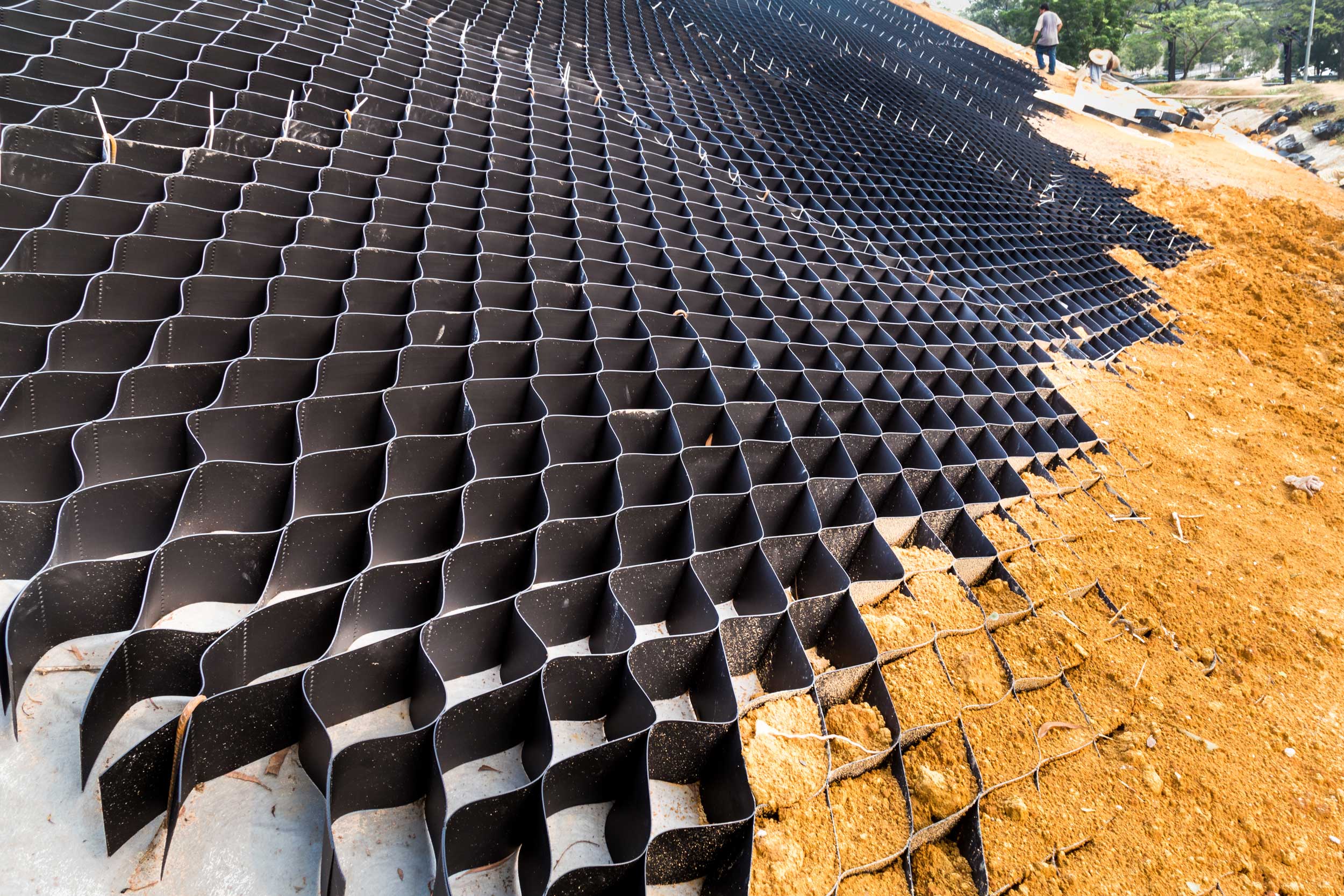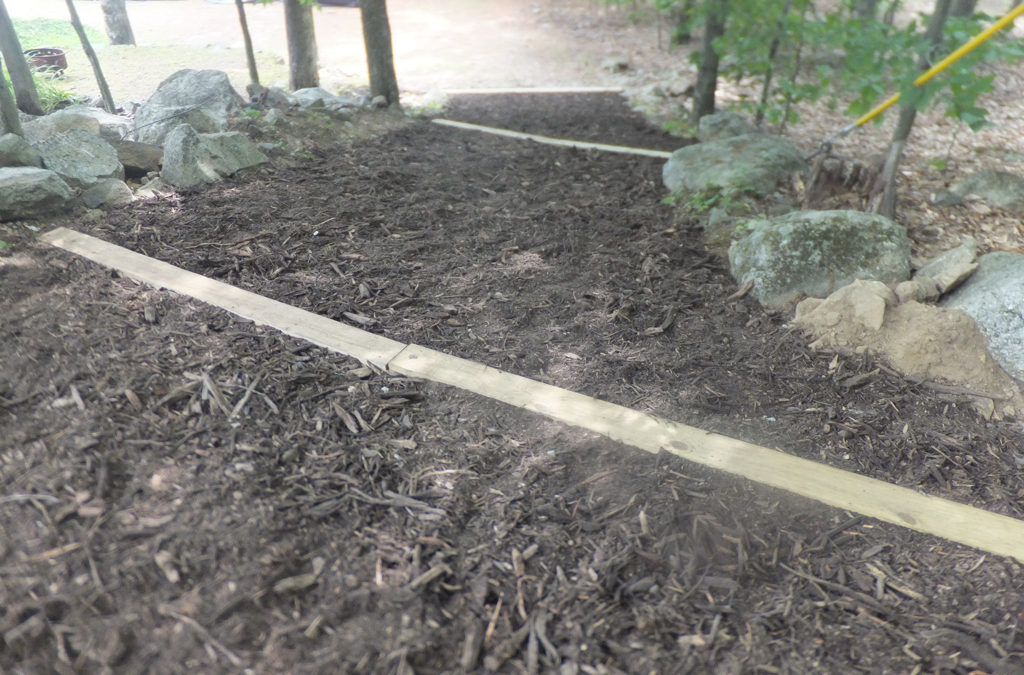Safeguarding Your Site with Memphis Erosion Control Solutions silt fences
Wiki Article
Efficient Erosion Control Techniques for Sustainable Land Administration
Are you trying to find methods to efficiently handle disintegration on your land? Look no additional! This write-up will give you with useful information on the importance of disintegration control in sustainable land management. Discover the various types of disintegration and their effect on your land, as well as all-natural approaches to manage disintegration. Find out exactly how to carry out effective erosion control measures and make certain proper monitoring and maintenance. Start acting today to safeguard and maintain your beneficial land.Relevance of Erosion Control in Lasting Land Administration
Erosion control is essential for sustainable land management because it helps protect against dirt destruction and loss. By applying efficient disintegration control strategies, you can ensure the long-term health and productivity of your land. Without appropriate erosion control steps, dirt disintegration can happen, leading to the loss of valuable topsoil that is abundant in nutrients necessary for plant growth.One of the major factors erosion control is vital is because it aids to preserve dirt fertility. In addition, erosion can lead to sedimentation in nearby water bodies, which can adversely affect aquatic ecosystems.
Another secret advantage of disintegration control is the avoidance of land degradation. By implementing erosion control methods such as terracing, contour plowing, and the use of cover crops, you can aid protect against land degradation and preserve the health of your land.

Kinds Of Disintegration and Their Influence On Land
Comprehending the different kinds of disintegration and how they influence the land can help you carry out far better land management practices. Erosion is the procedure whereby soil, rocks, and other materials are slowly used away and transferred by all-natural forces such as water, ice, and wind. There are four primary sorts of disintegration: sheet disintegration, rill disintegration, gully disintegration, and mass activity disintegration.Sheet erosion takes place when a slim layer of dirt is gotten rid of evenly from the surface of the land. Rill erosion, on the other hand, takes place when little channels or rivulets are developed on the land due to the flow of water.
Gully erosion is extra extreme and occurs when bigger gullies or channels are created due to the continuous flow of water. Mass motion erosion refers to the movement of large amounts of dirt and rocks downhill due to the pressure of gravity.
Comprehending these various kinds of erosion and their influence on the land is crucial for reliable land monitoring. By executing erosion control methods such as terracing, contour plowing, and reforestation, you can reduce erosion and maintain the honesty of the land. Furthermore, practicing good land administration techniques like appropriate crop rotation, keeping ground cover, and using sediment control steps can further assist in preventing disintegration.
All-natural Erosion Control Techniques for Sustainable Land Administration
By carrying out natural erosion control methods, you can effectively protect the stability and take care of of your land. In locations where disintegration is a substantial concern, installing erosion control blankets or floor coverings can be valuable. On the whole, by utilizing these all-natural disintegration control approaches, you can efficiently handle and safeguard your land from disintegration, guaranteeing its lasting sustainability.Implementing Efficient Erosion Control Steps

To efficiently handle and secure your land from disintegration, you must consider carrying out tried and tested approaches that can aid reduce the danger. One such technique is the use of disintegration control coverings. These blankets, made from synthetic products or all-natural fibers, are positioned on the soil surface to support it and stop erosion. They help maintain dampness, decrease sediment runoff, Related Site and advertise the growth of vegetation. Another reliable method is using terracing. Terracing includes producing level systems on sloping land, which aids to reduce overflow and avoid disintegration. It likewise allows for the growing of plants on the terraced slopes. In addition, planting vegetation is a vital action in disintegration control. Yards, trees, and hedges have considerable origin systems that bind the soil with each other, reducing disintegration triggered by wind and water. In addition, setting up sediment control measures such as silt fences and sediment ponds can aid catch debris and avoid it from getting in neighboring water bodies. These actions are especially crucial throughout building activities. By executing these verified disintegration control techniques, you can efficiently safeguard your land and lessen the danger of disintegration and its harmful results.
Tracking and Maintenance of Disintegration Control Methods
When monitoring and preserving erosion control steps, it's important to regularly inspect the disintegration control blankets, informative post terraces, plants, and sediment control steps to guarantee they are functioning effectively and properly preventing disintegration (Memphis Erosion Control Solutions Memphis TN). By carrying out normal evaluations, you can determine any concerns or deficiencies in the disintegration control techniques and take required actions to remedy them
Start by inspecting the disintegration control blankets. Look for indicators of damage or wear, such as rips or revealed soil.
Following, inspect the balconies. Examine for indicators of disintegration, such as debris buildup or uneven surface areas. Make certain that the balconies are properly created and kept to draw away water circulation and reduce disintegration. Clear any type of built up debris to keep their functionality.
Assess the vegetation in the erosion control location. Proper plants insurance coverage aids protect against and stabilize the dirt disintegration.
Finally, check the debris control actions, such as sediment basins or sediment fencings. Make certain they are effectively set up and working as meant. Remove any built up sediment and make sure that the controls are correctly preserved.
Regular monitoring and upkeep of disintegration control steps are critical for their long-lasting performance in protecting against disintegration and maintaining lasting land monitoring practices.
Final Thought
Finally, you should focus on disintegration control for sustainable land management. By understanding the different sorts of disintegration and their influence on the land, you can execute reliable all-natural erosion control methods. It is important to consistently keep track of and maintain these techniques to guarantee their long-term efficiency. By taking activity and implementing these actions, you can aid safeguard the land from erosion and advertise sustainable land management techniques. So, do not wait to make erosion control a concern for a healthier and more sustainable future.Discover the various kinds of erosion and their effect on your land, as well as natural approaches to control erosion. There are 4 primary types of disintegration: sheet disintegration, rill disintegration, gully disintegration, and mass movement erosion.
By executing erosion control methods such as terracing, shape plowing, and reforestation, you can minimize erosion and protect the integrity of the land (silt fences). On the whole, by making use of these all-natural i was reading this erosion control methods, you can efficiently take care of and shield your land from erosion, ensuring its long-lasting sustainability
By understanding the various kinds of disintegration and their effect on the land, you can apply efficient natural disintegration control techniques.
Report this wiki page